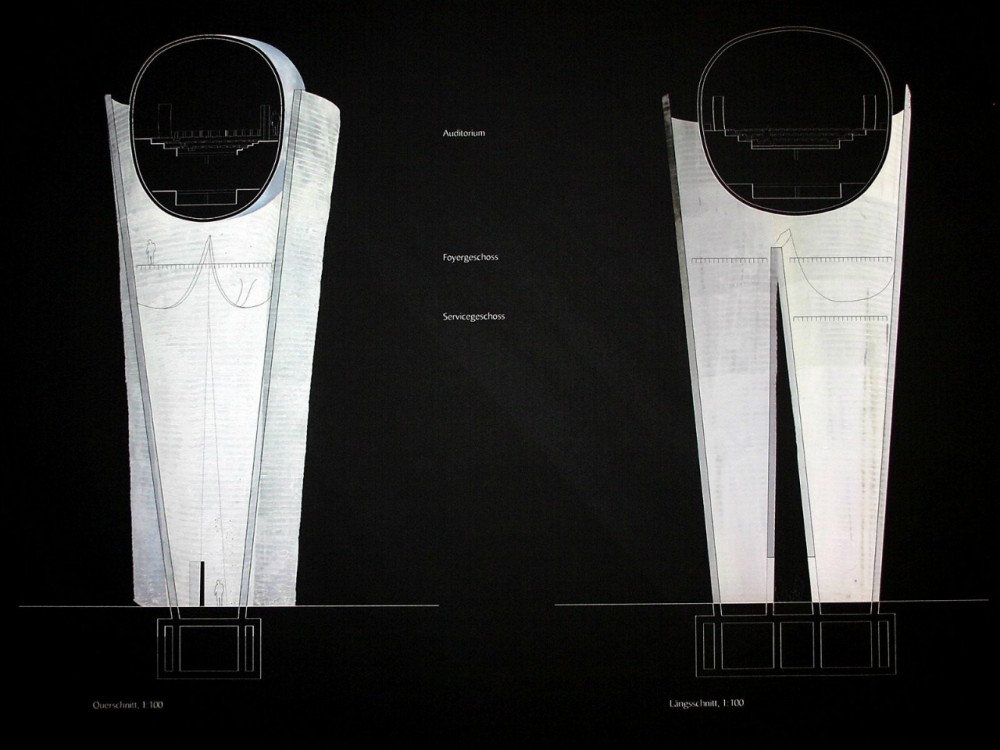If I try to remember some of the comments from my past clients, very few come to mind. I remember the projects. I remember the specifics of the designs. I remember what I was trying to accomplish with the concept. I remember my goals. I remember my aspirations. But, if I try to remember what my client told me? Those memories are fainter.
I’ve designed places that changed peoples lives for the better. I have to believe that, right? I’ve endeavored to improve my environment with each project. And, the clients on those projects are ALWAYS a critical part of the creation of the buildings. It’s their passion that fuels my creativity. So, what did they say when I first presented the project to them? Think about it for a while. Can you remember your clients reaction?
When I was young and (perhaps) overly passionate, I found myself leading a design team on a project. I was presenting to a client for the first time on this job. On each project I had worked on before this, I had a smaller role; in the background. But, here I was in front of the client; explaining, presenting, defining, and yes, justifying the design. I wasn’t very good at it yet. I was shy. I was awkward. And, although I was well versed in the elements of the design, I was unable to translate that in a way that the client understood. I remember just one phrase she said to me:
“I don’t like it when people tell me no.”
It’s been 12 years since she said that, and it still stings when I remember it. I was “explaining” the entry plaza. “Explaining” how the space of the interior lobby and the exterior plaza would blend together. I was “justifying” what we had done. Then she asked if it was possible to curve the wall on one side of the plaza, which she felt would soften the entry into the space from the public sidewalk. I didn’t want to do that. And, actually, it wasn’t really a good idea. I would muddy the space. It would have been awkward. I tried to explain why it wouldn’t work. And she said:
“I don’t like it when people tell me no.”
Then, my boss jumped in to reassure her that we’d “take a look at it” and see how it worked and “get back to her”.
I must have seemed like such an arrogant ass. I wasn’t really. I was just passionate about the design we had worked on for months. I understood all the moving parts of the project. I could tell almost immediately that the client’s idea would weaken the design intent. It would make the project less than it could be. I was probably right. But, I lacked the experience and the compassion and the communication skills to handle the discussion. So, I bristled and stammered and basically told her “no”
And, it’s not just me, this happens to the best of us. On February 5, 2012 The town of Isny voted against the design for a new gate for the city. The gate was designed by Pritzker Prize winning architect Peter Zumthor. It was to be a tower of 250,000 glass stones, marking the entrance to the town. But, after a long and controversial process, 72% of the town, ultimately voted “no”. So, the gate will never be built.
The town came up with a nickname for the project: “The Glass Underpants”
I don’t think the town was right to dismiss the design so quickly. It was a thoughtful and poetic project. In one of the articles I read about it, someone stated the town didn’t really “know what it was going to get”. And, forgive me for saying it, but, that’s Peter Zumthor fault. If you can’t figure out how to communicate your design intent beyond the point where people refer to it as transparent under garments, then, you haven’t finished your work as an architect. Because, it doesn’t really matter how elegant and poetic and inspiring your work is, if you can’t communicate that passion to your client. If you can’t put into words and drawings and hand gestures the essence of what your trying to do?
Then you’re just designing glass underpants.
Then the town will say “no”
And, you don’t like it when people tell you “no” either.
.
.
The drawing of Zumthor’s new city gate was found on ArchDaily – HERE

